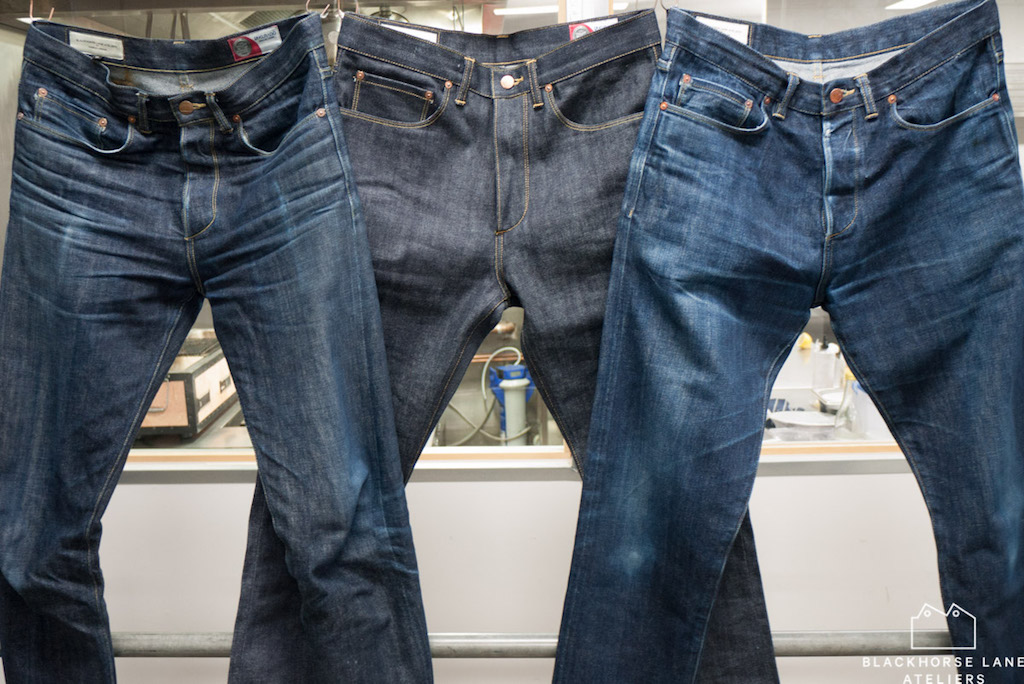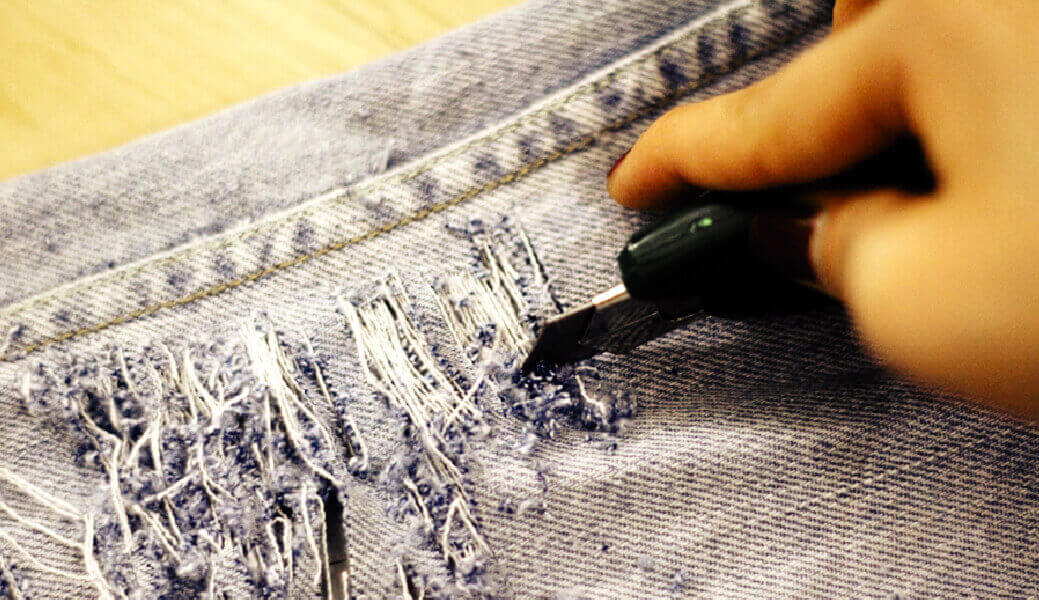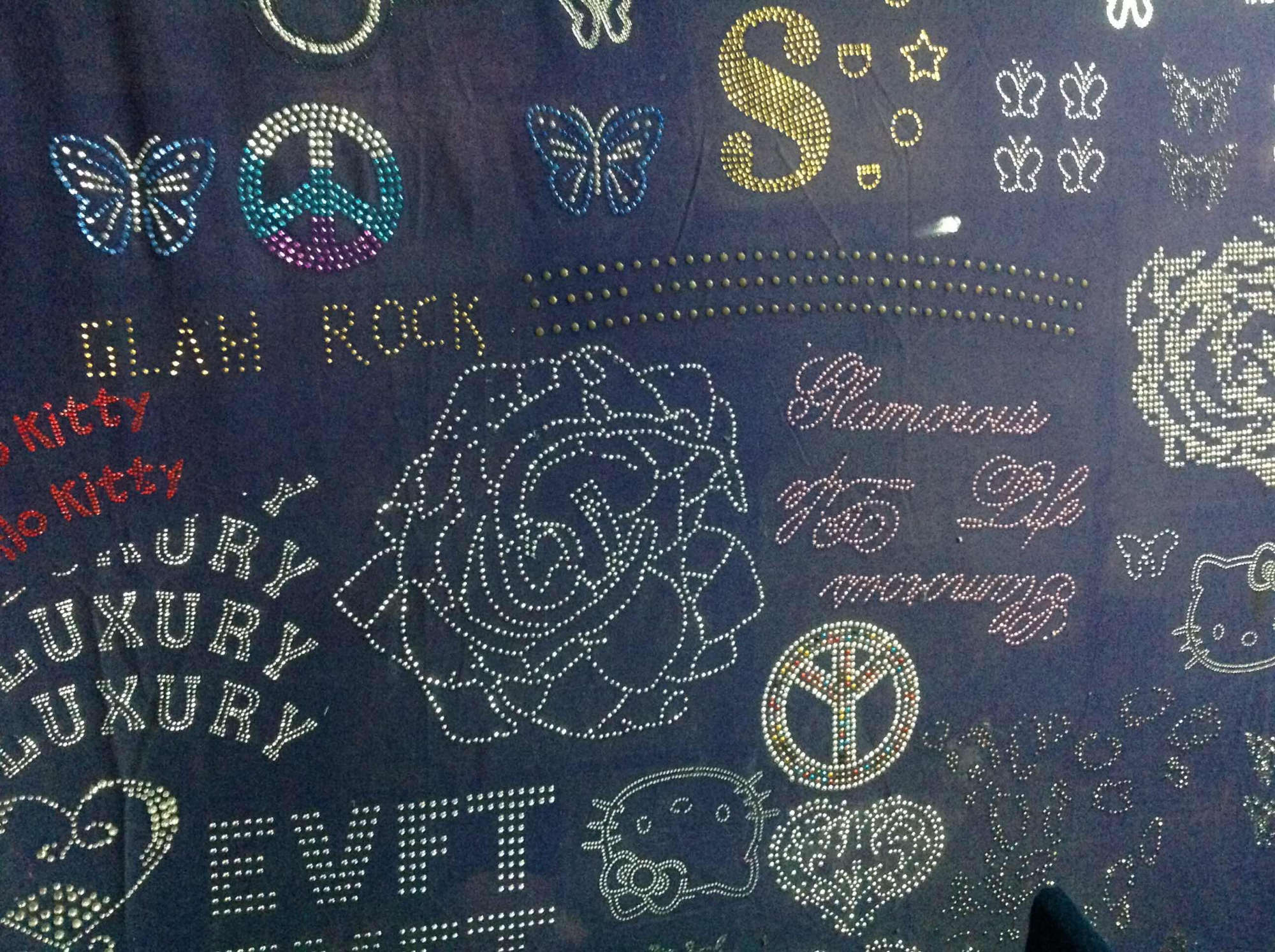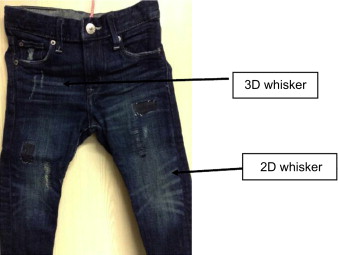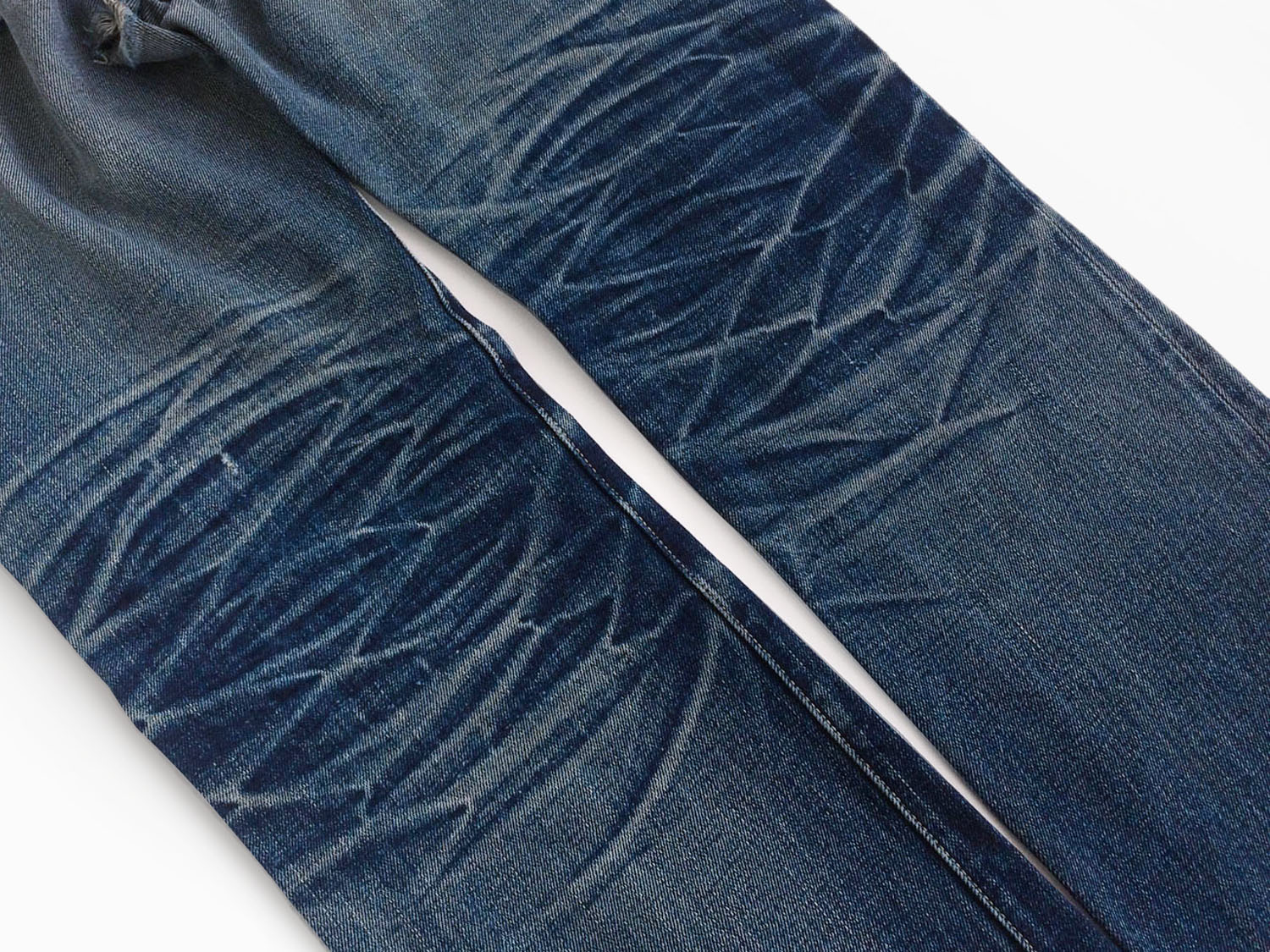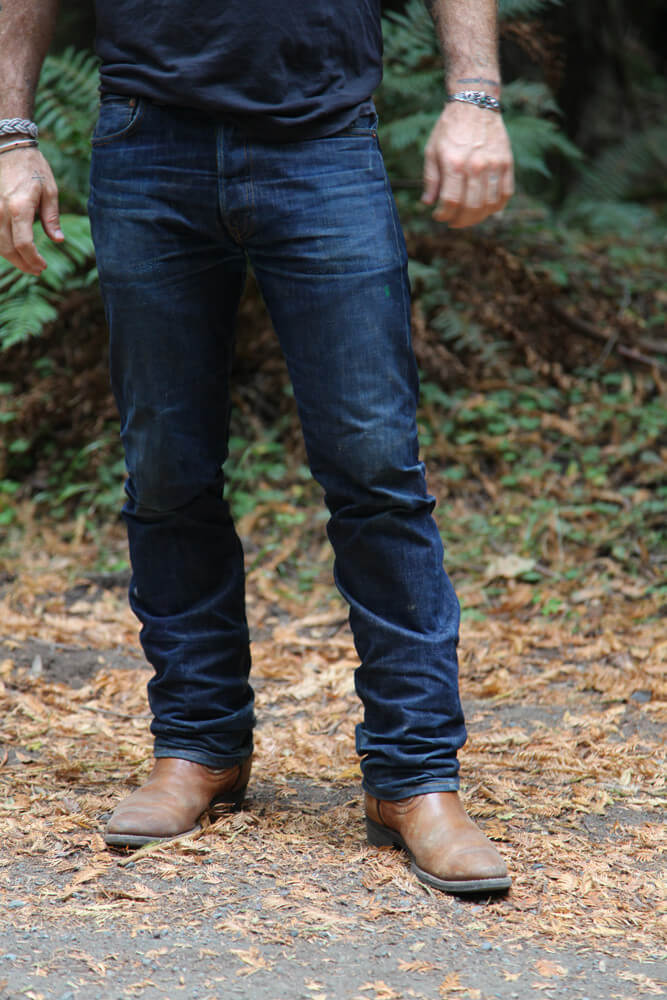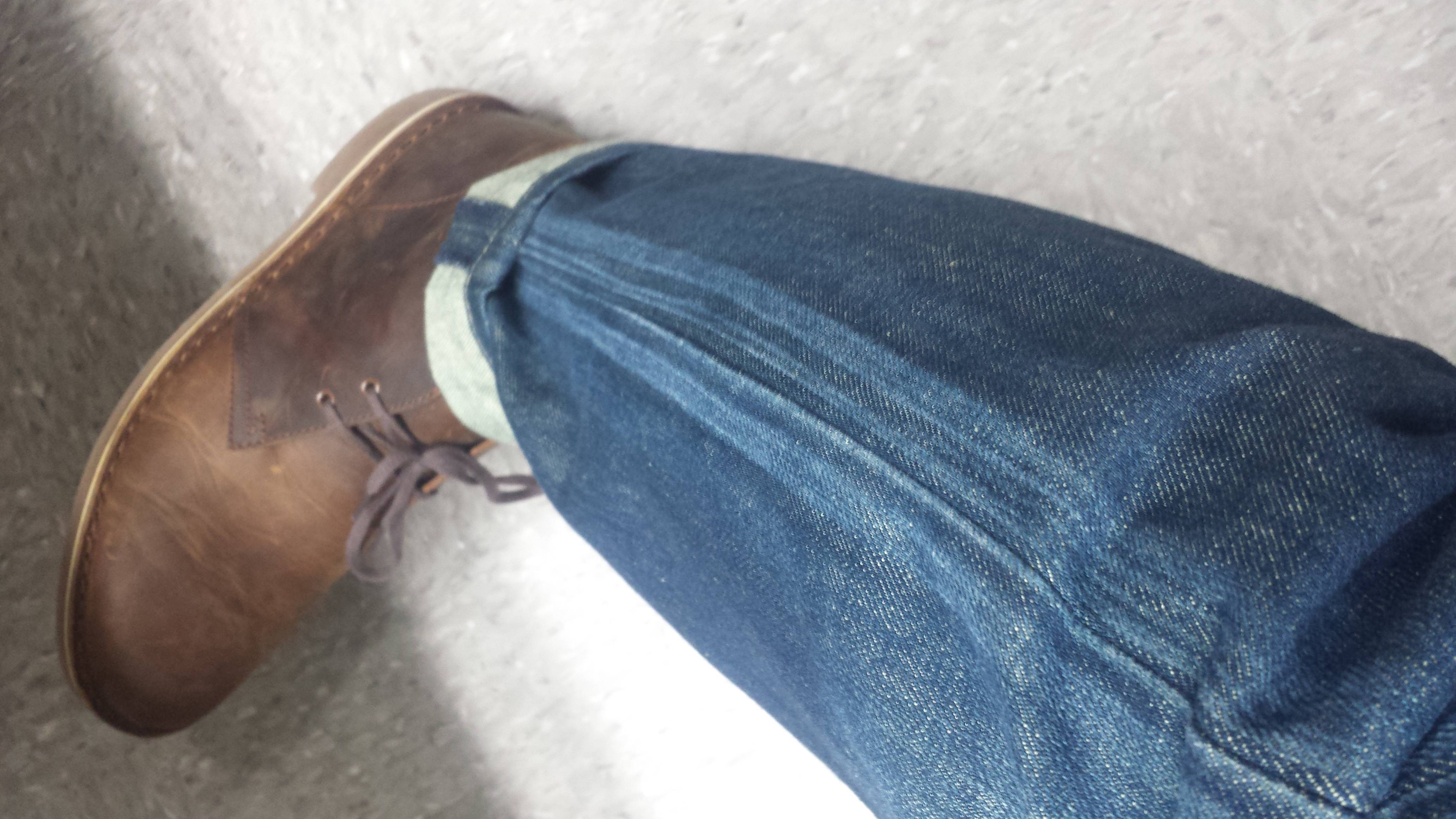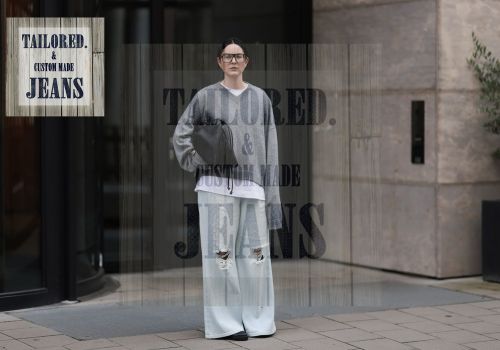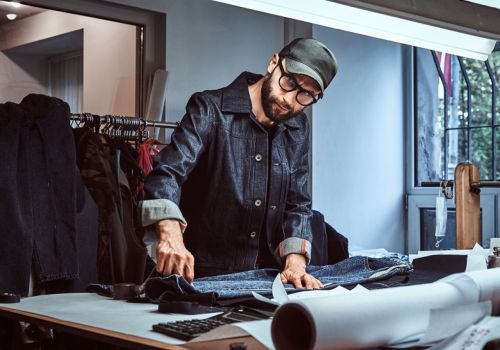Detailing of denim that you should know.
- Home
- Blog
- DESIGNER LAB
- Detailing of denim that you should know.
There are plenty of places on your denim where you will find some fades that come with time. And the explanation behind the thing that gets more fictions from your jeans.
And it begins to develop fade patterns on its own after that. The most beautiful thing about the fades that it tells people how they live their lives. For example, as you have the fading with some white lines on your back pocket which happens because of your wallet. And other different fades that tell the story about your jeans. And for you man, I have some info.
It could be sober, kind of awkward if you bought a new pair of jeans at the time while wearing it for the first time. And it’s incredible from the wonderful journey to the torn and fading denim. It doesn’t matter whether you buy a pricey denim pair or standard if you want to learn why denim fades before you need to know how denim has been made. Denim is made of the{ vertical} cover of yarns and the{ horizontal} weft.
The weft usually made of the natural colors. That’s why the inside of the jeans is far comfortable than the outside part. Outside where the warp yarn and those made in the indigo to make indigo stuck on it they uses some. Started dying through the rope die till now dying it in the machines.
And in the denim sections where it gets the more frictions the indigo gets to start coming out on that part. Our knees where the thigh part bends the arms. Yet having faded takes a good amount of time. But there are people who are trying too hard for their jeans to get faded. From going to the seaside, rubbing it to starching it with dust.
-
Whiskering:
when you get the look at your thighs and near the fly parts you can see, when you sit that time your hips will bend and then secondly when walking, that time it gets in a lot of friction over that parts so with the time it starts fading away.
-
Honeycomb:
Honeycombs, on the other hand, are the fading found behind the knees and, as the name implies, are shaped like honey combs.it happens when you start puing denim together.
-
Stacking:
You can not see that much this one pattern. Cause it gets hide behind the fold of your jeans above the shoe. It means the fabric bunch up above your shoes. … When you wear skinny jeans and high ankle boots there will be excess fabric around the ankle. Just let the excess fabric stack on top of itself and rock it! This only works if your jeans taper from the knee down to the ankle.
-
Train tracks:
As the different fades the train Tracks come about by wearing denim for a long period of time and are pointedly due to the rubbing caused by the interior of the leg outseam pressing against the denim surface.
Since the outseam doesn’t receive as much stress and tension as other parts of the denim, it is certainly a harder fade pattern to achieve. However, one way to expedite the Train Track fade process is by simply flattening the outseam prior to wearing; either with your hand or an iron!
Beyond the Rip: The Rise of Refined Distressing in Custom Denim
Tiger ripped jeans!
Fashion Forward: Exploring Emerging Designers and Their Vision for Tailored Jeans
Design Your Own Pair of Custom Jeans: A Complete Guide for a Better Fit and Style
ABOUT US
We are the global standard in custom-fit denim, meticulously crafted for unparalleled comfort and style. With decades of expertise, our commitment to precision tailoring and sustainable practices ensures every pair reflects our dedication to quality and your unique fit. Discover the perfect jeans, Making & Delivering Custom Jeans in USA and worldwide.
Tailored-Jeans.com: Crafting exceptional denim since 1996 in United States with an unwavering commitment to fit and quality. Discover our legacy.

